When an employee decides to leave the organization, it’s disappointing and disruptive to the business. While no hiring manager wants to receive this news, there is an opportunity to learn something from exiting employees that may prevent others from leaving in the future. Valuable feedback can be gathered through employee exit interviews and surveys. Exiting Employee Surveys and Interviews provide an opportunity to “flip the table” and see the company from the employee’s perspective, providing potential insight into both organizational and leadership strengths and weaknesses.
The company can then identify and implement relevant strategies for improving employee retention. The key to maximizing the value of this data is to then use it in both improving the employee career experience and measuring correlations between the strategies implemented and feedback collected over time.
If you are considering implementing employee exit surveys or interviews, here are 7 tips to help you get started.
1. Exit surveys and interviews should be managed/conducted by Human Resources, as opposed to the Hiring Manager to ensure objectivity, and if applicable confidentiality.
2. To implement an exit survey/interview program, first consider all of the areas you would like to gather feedback on from the exiting employee. Common subject areas include:
- Company to learn about the employee’s experience from recruitment to exit, communications effectiveness and culture;
- Department and Position to gather feedback regarding consistency of job description to actual role, training and support experience; and
- Leadership to gather information about the employee’s experiences with his or her specific leader.
- It’s also a good idea to close out the interview or survey with a few open ended questions in case the employee has feedback to share that wasn’t covered as part of the earlier questions. This will help ensure you are collecting the same data points for each interview/survey enabling you, over time, to trend the data both for analysis and as a possible initiative for improvements.
3. Exiting Employee feedback regarding the company and the position can be shared with the Hiring Manager (HM); however, to ensure confidentiality and better guarantee authentic responses from the exiting employee, feedback regarding the HM’s leadership style should be shared only with the level above the HM.
4. If the Exiting Employee presents claims of misconduct or breach of company policy, those issues should be escalated and addressed immediately, according to the organization’s Employee Relations/Investigation Policy and Procedure. The survey instructions or interview introductory comments should include an explanation to the employee that if he/she shares an issue that implicates a breach of company policy, this type of information may not remain confidential, given the company’s obligation to respond to any breech of policy.
5. If you take the interview approach, before the interview, the HR Representative should discuss with the Hiring Manager (HM) the feedback that will be shared with him or her after the interview (and conversely, the feedback that won’t be shared); especially if this is the first time the HM is going through an Exit Interview Process.
6. If you’re using a survey, be clear in the survey instructions with the employee as to what portions of his/her responses will be shared with various roles in the organization. The survey should instruct the employee that if there is someone with whom he/she does not want a particular response to be shared, to share this in the Comments Section of the survey.
7. When using a survey, to ensure ease of use and better response rates, issue the survey to the exiting employee over email and ask that he/she return it to your email address. A number of companies actually use a survey service (e.g., surveymonkey.com) as this type of application allows for automated survey distribution, response collection and tabulation at a low cost. If you use a paper based survey or conduct interviews, be sure that all completed interviews in printed form are filed and secured properly within the HR department.

